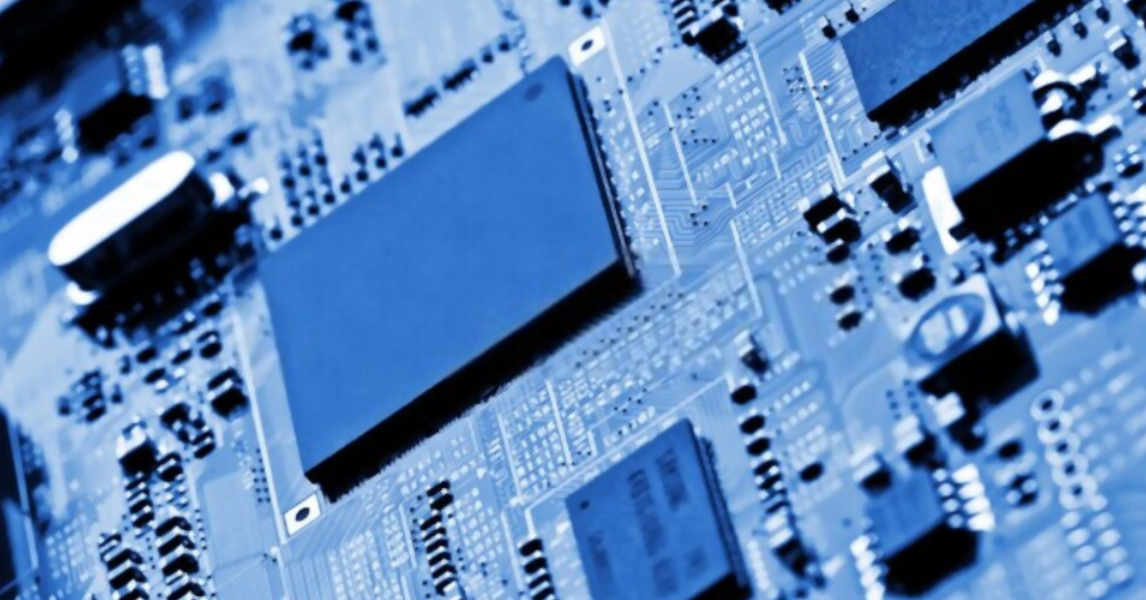In the constantly changing realm of electronics, the key factor is innovation. One such innovation that has been gaining traction in recent years is transparent Printed Circuit Boards (PCBs). These see-through wonders bring a host of benefits and open up exciting possibilities, but they also come with their own set of challenges. In this article, we’ll explore the advantages and obstacles associated with transparent PCB technology and provide tips for effective design.
Benefits of Transparent PCBs
- Aesthetically Pleasing Designs: One of the most immediate advantages of transparent PCBs is their aesthetic appeal. Their see-through nature allows for visually striking designs that can add a unique touch to electronic projects, making them perfect for products with exposed electronics, such as LED displays and art installations.
- Space Optimization: Transparent PCBs can be designed to be incredibly thin, making them ideal for applications with limited space. This can be a game-changer for wearable technology, medical devices, and compact consumer electronics.
- Heat Dissipation: Transparent PCBs made from materials like glass or plastic can effectively dissipate heat. This property is especially valuable in high-performance devices like gaming consoles and high-end computers where overheating can be a concern.
- Educational Value: Transparent PCBs are excellent tools for educational purposes. They allow students and electronics enthusiasts to see how circuits work in real time, making learning electronics more engaging and interactive.
- Product Customization: Manufacturers can use transparent PCBs to offer customization options to customers. Whether it’s custom lighting effects in gaming peripherals or personalized LED signs, transparent PCBs can help create a unique selling point.
- Environmental Friendliness: Some transparent PCB materials are more environmentally friendly than traditional ones like FR-4, as they don’t contain harmful substances like bromine or chlorine. This aligns with the growing trend towards eco-friendly electronics.
Challenges of Transparent PCBs
- Limited Material Choices: While transparent PCBs offer unique properties, they are typically made from materials like glass epoxy or transparent polymers, which may not have the same performance characteristics as traditional materials. This can limit their use in high-frequency or high-power applications.
- Cost Considerations: Transparent PCBs can be more expensive to manufacture than conventional ones due to the specialized materials and processes involved. This can be a significant factor for budget-conscious projects.
- Signal Integrity: Transparent PCBs may have different dielectric properties compared to their traditional counterparts, which can affect signal integrity. Engineers need to carefully consider these properties during the design phase to avoid signal degradation.
- Complex Design Process: Designing transparent PCBs can be more complex due to the need for precise alignment of components and traces. This complexity can result in longer development times and increased design costs.
- Durability and Fragility: Transparent PCBs can be more fragile than traditional PCBs, especially if made from glass. This can be a concern in applications where the board may be subjected to mechanical stress or impacts.
- Manufacturing Expertise: Transparent PCBs often require specialized manufacturing expertise, which may not be readily available in all regions. This can pose challenges in terms of finding suitable manufacturing partners.
Applications of Transparent PCBs
Transparent PCBs have found their way into a variety of applications, showcasing their versatility:
- LED Displays: Transparent PCBs are commonly used in LED displays, where their see-through nature allows for captivating visual effects. For example, transparent PCBs can be integrated into large-scale outdoor LED billboards, providing clear and vibrant imagery.
- Medical Devices: In the medical field, transparent PCBs are used in equipment like ultrasound machines and portable diagnostic devices, where space and aesthetics matter. Transparent PCBs enable compact and sleek designs, making them an essential component of modern medical technology.
- Wearable Technology: Transparent PCBs are ideal for wearable devices like smart glasses, fitness trackers, and augmented reality headsets, where lightweight and thin designs are crucial. The transparency of the PCBs can enhance the overall aesthetics of wearable gadgets.
- Art Installations: Artists and designers have used transparent PCBs to create interactive art installations that combine technology and aesthetics. These installations can range from responsive sculptures to immersive light displays, offering a new dimension to artistic expression.
Tips for Designing Transparent PCBs
Designing transparent PCBs effectively requires attention to detail and some specific considerations:
- Material Selection: Choose the right transparent material for your application, taking into account factors like dielectric properties, heat resistance, and cost. For instance, glass-based transparent PCBs are highly heat-resistant but may be more fragile than plastic-based ones.
- Component Placement: Precisely align components and traces to maintain the board’s transparency while ensuring functionality. Careful planning of component placement can also help minimize signal interference.
- Signal Integrity: Pay close attention to signal integrity to prevent interference or signal loss, especially in high-frequency applications. Simulation and testing can help ensure optimal signal performance.
- Test Prototypes: Create prototypes and conduct thorough testing to ensure the transparent PCB meets performance and durability requirements. Prototyping allows for adjustments and optimizations before full-scale production.
- Environmental Impact: If environmental friendliness is a priority, select materials that align with your eco-conscious goals. Transparent PCB materials with reduced environmental impact are available and can contribute to sustainable electronics manufacturing.
Conclusion
Transparent PCB technology opens up exciting possibilities in the world of electronics, offering unique benefits such as aesthetic appeal, space optimization, and heat dissipation. However, it also presents challenges related to material limitations, cost, and signal integrity. By carefully considering these factors and following best practices in design and prototyping, engineers and innovators can harness the potential of transparent PCBs to create stunning and functional electronic products that stand out in the market. As technology continues to advance, transparent PCBs will likely find even more diverse and innovative applications in various industries.

